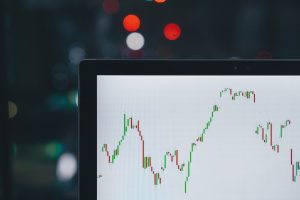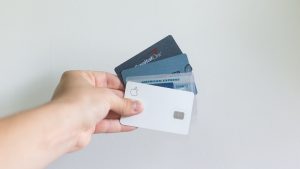The foreign exchange (forex) market is the largest financial market in the world, with a daily trading volume of over $5 trillion. It is a decentralized market where currencies are bought and sold 24 hours a day, five days a week. In order to trade forex successfully, it is essential to have access to real-time forex data. This article will explain how to obtain real-time forex data for personal use.
The first step in obtaining real-time forex data is to choose a reliable data provider. There are many data providers available, each offering different types of data and varying levels of accuracy. Some of the most popular data providers include Bloomberg, Reuters, TradingView, and MetaTrader. These data providers offer a range of services, from simple price quotes to complex charting tools and analysis.
Once you have chosen a data provider, you will need to sign up for a subscription. Most data providers offer a range of subscription plans, from basic to premium. The cost of the subscription will depend on the level of data you require and the frequency of updates. Some data providers offer free trials, which allow you to test the service before committing to a subscription.
After signing up for a subscription, you will need to download the data provider’s software or app. This software will allow you to access real-time forex data on your computer or mobile device. Most data providers offer a range of tools and features, including charts, technical analysis, news feeds, and economic calendars.
Once you have installed the software, you will need to set up your account and select the currencies you wish to track. You can choose to track individual currencies or currency pairs. Some data providers also offer the ability to customize your dashboard, allowing you to display the data that is most relevant to your trading strategy.
Real-time forex data is updated continuously throughout the trading day. This data includes the current bid and ask prices for each currency pair, as well as the high, low, and close prices for the day. The data also includes volume and volatility indicators, which can help you identify trends and potential trading opportunities.
In addition to real-time data, many data providers also offer historical data. This data can be used to backtest your trading strategies and analyze past performance. Historical data is typically available for a fee, and the cost will depend on the length of the data and the frequency of updates.
In conclusion, obtaining real-time forex data for personal use is essential for successful forex trading. By choosing a reliable data provider, setting up an account, and selecting the currencies you wish to track, you can access up-to-date information on currency prices, trends, and trading opportunities. With the right tools and analysis, you can make informed decisions and improve your trading performance.





